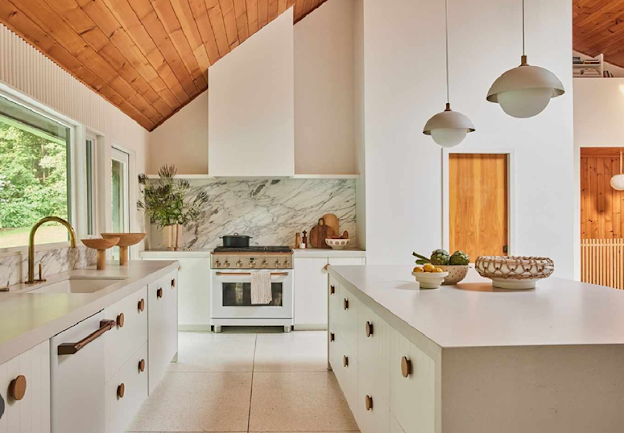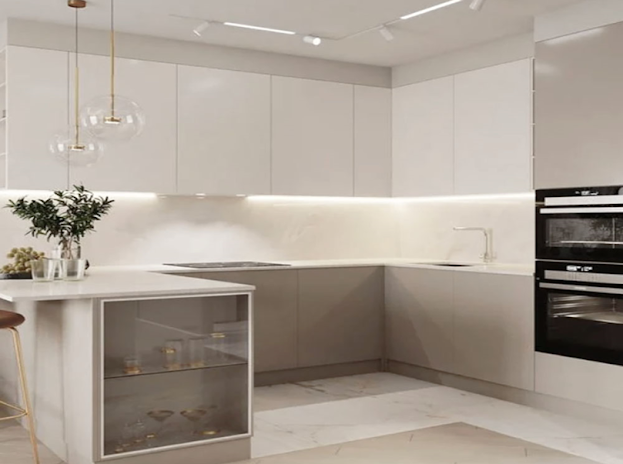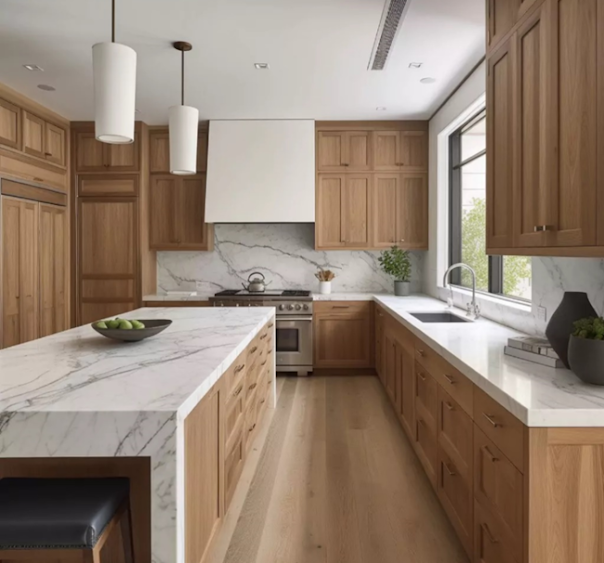The concept of psychic soulmate drawing has emerged as a fascinating intersection of artistry and metaphysical intuition, gaining popularity among those seeking deeper connections in their romantic lives. This practice involves intuitively creating an artistic representation of a person's soulmate, guided by information derived from the soul or psychic insights. By exploring the fundamentals of psychic soulmate drawing, its significance, and its potential impact on relationships, this article aims to shed light on this unique spiritual art form.
Understanding Psychic Soulmate Drawing
Psychic soulmate drawing is predicated on the belief that individuals possess a predestined partner whose essence aligns with their own. Practitioners utilizetheir inherent intuitive gifts to visualize and depict this destined connection through drawing. This process typically begins with a consultation, where a psychic artist may engage with the subject to gather impressions or emotions related to their soulmate. As the artist connects with the individual's energy, they channel their intuition into creating a visual representation that reflects the attributes, characteristics, and essence of the soulmate.
The Artistic Process
The artistic process of soulmate drawing varies significantly among practitioners, as each artist has their unique methods and styles. Generally, the artist will enter a meditative state, allowing their intuition to guide their hand. This may involve envisioning the potential soulmate’s facial features, energy, or even the atmosphere that surrounds them. The resulting artwork can range from detailed portraits to abstract representations, each unique to the individual’s energy and the artist's interpretation. The art serves as not just a visual representation, but a tangible manifestation of hope, connection, and love, enhancing the emotional experience for the individual.
Significance in Love and Relationships
The significance of psychic soulmate drawing extends beyond mere artistic expression. For many, it serves as a tool for self-discovery and empowerment in matters of the heart. The resulting artwork can elicit profound emotional responses, catalyzing introspection and clarity regarding one's relationship desires. By visualizing the soulmate, individuals may foster a stronger sense of intent and focus in their search for love. The drawing can act as a visual affirmation, reinforcing positive energies and beliefs about romantic connections.
Enhancing Intuition and Spiritual Growth
Engaging with psychic soulmate drawing also presents an opportunity for individuals to explore and enhance their intuitive abilities. Many believe that through this practice, they can reconnect with their innate gifts, allowing for greater insights into their personal lives and relationships. Additionally, the process can encourage spiritual growth, as individuals learn to trust their instincts and acknowledge the spiritual dimensions of love. This often leads to a more profound understanding of themselves, their desires, and their approach to romantic endeavors.
Establishing a Connection to the Soulmate
Receiving a psychic soulmate drawing can also create a tangible connection to the individual’s soulmate, fostering a sense of closeness despite any physical distance that may exist. The artwork can be displayed as a reminder of the individual's journey towards finding love and can serve as a focal point for meditation or manifestation practices. In this way, the drawing becomes a symbol of hope and an invitation to welcome love into one's life, often improving one's emotional landscape and readiness for partnership.
Skepticism and Acceptance
Despite the allure of psychic soulmate drawing, skepticism remains prevalent within society. Critics argue that such practices rely on subjective interpretations and lack empirical evidence. However, many individuals find value and comfort in these artistic representations, claiming they resonate with their experiences and emotions. In a world where traditional forms of seeking companionship via dating and social interaction can be challenging, many are drawn to alternative methods that tap into deeper, spiritual understandings of love.
Conclusion
In conclusion, psychic soulmate drawing encapsulates a unique blend of artistry, intuition, and the quest for love. As individuals engage with this practice, they not only seek a representation of their soulmate but also embark on a journey of self-discovery and spiritual growth. While skepticism is inherent in the discourse surrounding these practices, the profound personal connections and transformations that result are undeniably significant. In a society where many yearn for connection, the practice of psychic soulmate drawing offers an innovative pathway that resonates deeply with the universal human desire for love and companionship.





 Case Studies and Success Stories
Case Studies and Success Stories Common Challenges During Migration
Common Challenges During Migration Real-World Examples of Successful Azure Migration
Real-World Examples of Successful Azure Migration